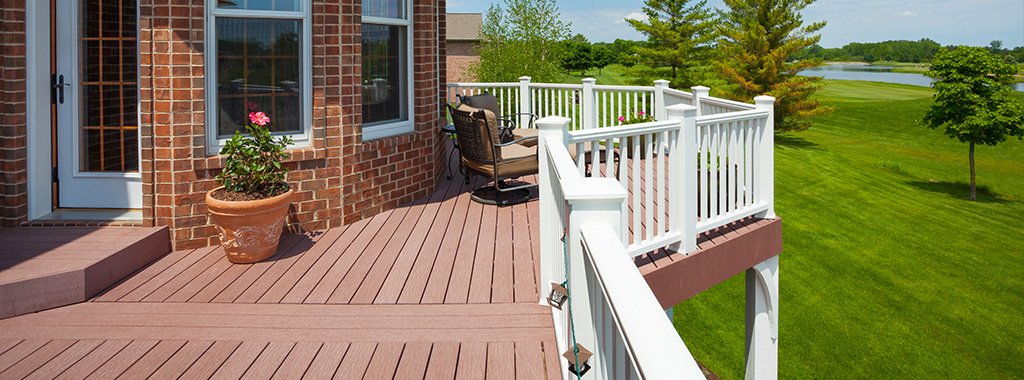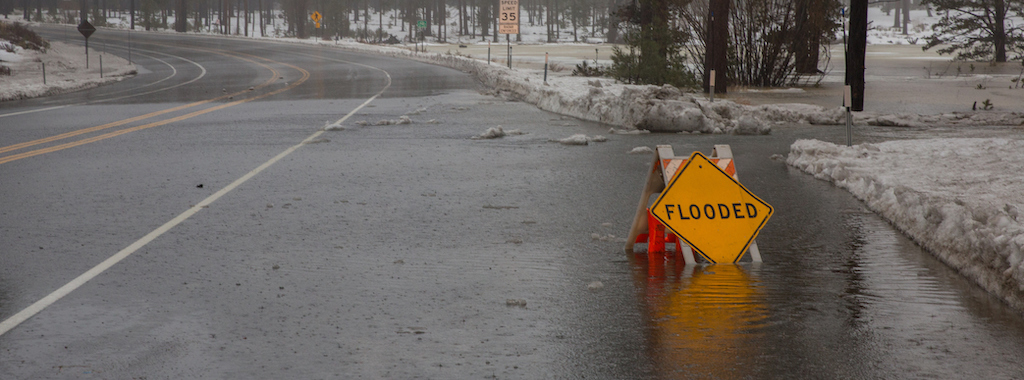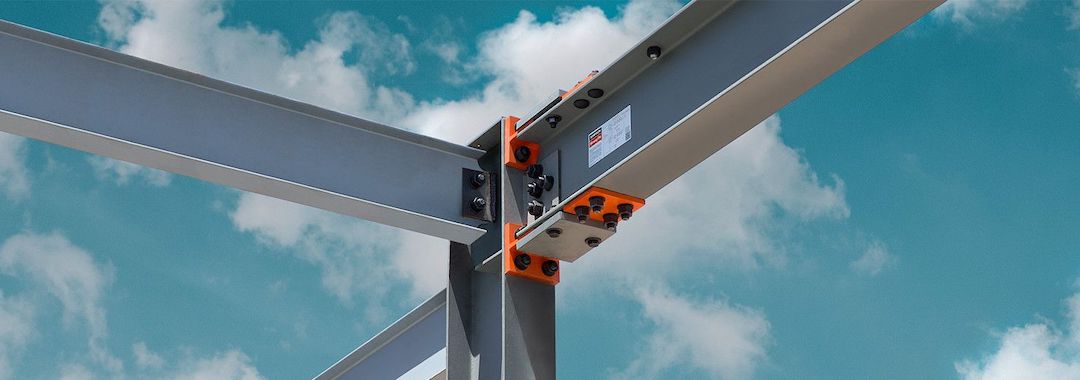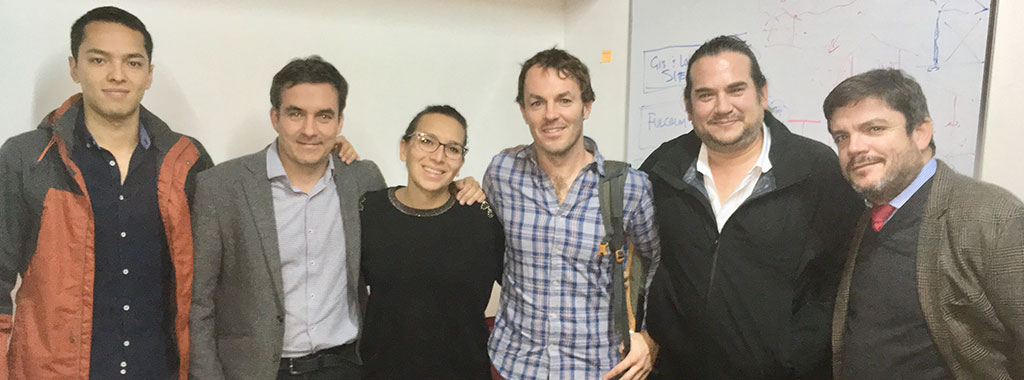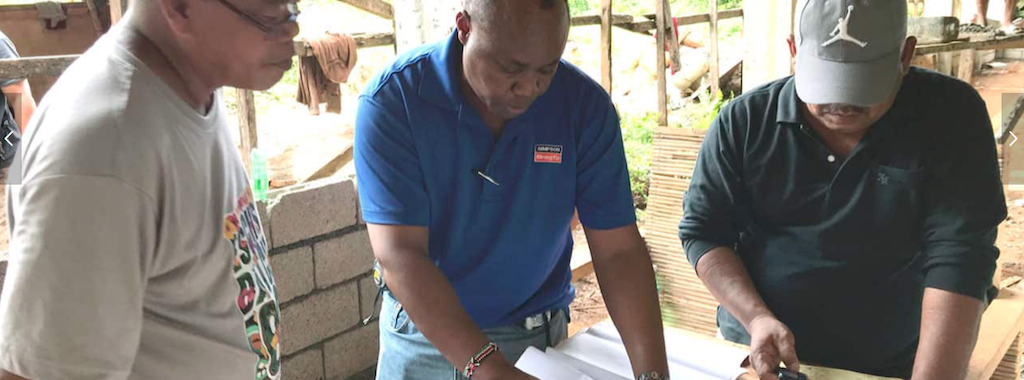Brick or masonry veneer has traditionally posed a problem to homeowners and contractors seeking to attach a deck to a home without removing large portions of the veneer or siding. No longer is that the case, thanks to the innovative BVLZ brick veneer ledger connector from Simpson Strong-Tie. In this post, Rachel Holland, P.E., an R&D structural engineer at Simpson Strong-Tie, explains the research and insights that went into testing and developing this revolutionary connector.
Continue Reading
Category: Education
Our educational posts are dedicated to helping our customers and the general public acquire a deeper understanding of how we support academia- including our many partnerships with various colleges such as Cal-Poly Tech and Washington State University and sharing solutions and how they relate to the industry.
Building Safe and Strong with Flood-Resistant Construction Workshops
Flooding is one of the few natural disasters that occur commonly throughout all regions of North America. The causes of floods can differ depending on the region, but the impact is nearly always the same. Recent floods have caused billions of dollars in damage annually to structures near the coast as well as inland.
Continue Reading
Questions Answered: Strong-Wall® Site-Built Portal Frame System
In this post, we follow up on our April 17 webinar, Meeting Braced-Wall Requirements: A New Portal Frame Solution, by answering some of the interesting questions raised by attendees.
During the webinar, we discussed how the Strong-Wall site-built portal frame system (PFS) provides designers, builders and contractors in prescriptive jurisdictions with a new alternative to IRC wall-bracing methods. In case you weren’t able to join our discussion, you can watch the on-demand webinar and earn PDHs and CEUs here.
Continue Reading
Webinar: Resilient Design with Steel Frames
This blog was co-written for the webinar by Curt Haselton, Ph.D., P.E., Founder and CEO Haselton Baker Risk Group and Jeff Ellis, P.E., S.E., SECB, Director of Codes and Compliance at Simpson Strong-Tie.
Continue Reading
Build Change: Easier, Never Simple
When I think about my time working with Build Change so far, the phrase that comes to mind is “Easier, never simple.”
When I started my fellowship, several limitations for seismically retrofitting homes in Colombia quickly became apparent. These included delays in approvals by the local municipality, as well as an innovative Evaluation and Retrofit Manual that was not always well understood by local officials. Staff who conducted field surveys had a long list of items to verify, many of which were not easy to identify, resulting in reduced efficiency. It was common for staff to go back and re-survey in order to complete a full analysis.
Continue Reading
Introducing Excellence in Engineering Fellow: Juan Carlos Restrepo
We’re excited to introduce the recipient of the 2018–2019 Excellence in Engineering Fellowship: Juan Carlos Restrepo.
This is the second year of the fellowship, a successful partnership between Build Change, a Denver-based international nonprofit social enterprise, and Simpson Strong-Tie, a global leader in innovative structural solutions.
Continue Reading
Build Change and Simpson Strong-Tie Renew Fellowship for Engineering Excellence
With the growing danger of natural disasters, the race is on to expand access to programs that safeguard lives from the human-made danger of poorly built housing. With the common mission of building safer, stronger structures, Build Change and Simpson Strong-Tie announced the renewal of the Simpson Strong-Tie® Fellowship for Engineering Excellence program.
Continue Reading
Simpson Strong-Tie Build Change Fellow Visits Manila
This week’s post was written by James P. Mwangi, Ph.D., P.E., S.E. — our first annual Simpson Strong-Tie Engineering Excellence Fellow with Build Change. As part of his fellowship he’s been submitting reports about his work supporting the Build Change initiative. This is the last in a series of four.
Continue Reading
Simpson Strong-Tie Build Change Fellow Visits Colombia
This week’s post was written by James P. Mwangi, Ph.D., P.E., S.E. — our first annual Simpson Strong-Tie Engineering Excellence Fellow with Build Change. As part of his fellowship, he’s submitting reports about his work supporting the Build Change initiative. This is the third in a series of four.
Continue Reading
Best Practices: The Art of the RFI
Nothing will ruin your day faster than getting a call from a builder reporting an issue with trusses you’ve designed. You hear their frustration as they are faced with a potential delay and additional work to implement a fix. We all desire to eliminate those calls from our daily business, and one way to do so is to work only on jobs with a perfect set of drawings. You know, the drawings with dimensions that are 100% correct, have no errors in the listed wall heights, the heel heights are clearly spelled out with the location of the HVAC equipment and lines identified, and every load path is well thought out.
The truth, though, is that there’s really no such thing as a perfect set of drawings, because there will always be some area needing further clarification to ensure the trusses you design won’t have issues. Although this reality is typically viewed as a source of frustration, it can be an opportunity to provide extra value to your customers by helping them resolve issues before they become a problem in the field. To do this requires a trained eye to identify issues and the use of an RFI (Request for Information) to work through these issues with the appropriate parties involved. In this article, we will walk through some best practices of using an RFI to help eliminate those calls.
Continue Reading



